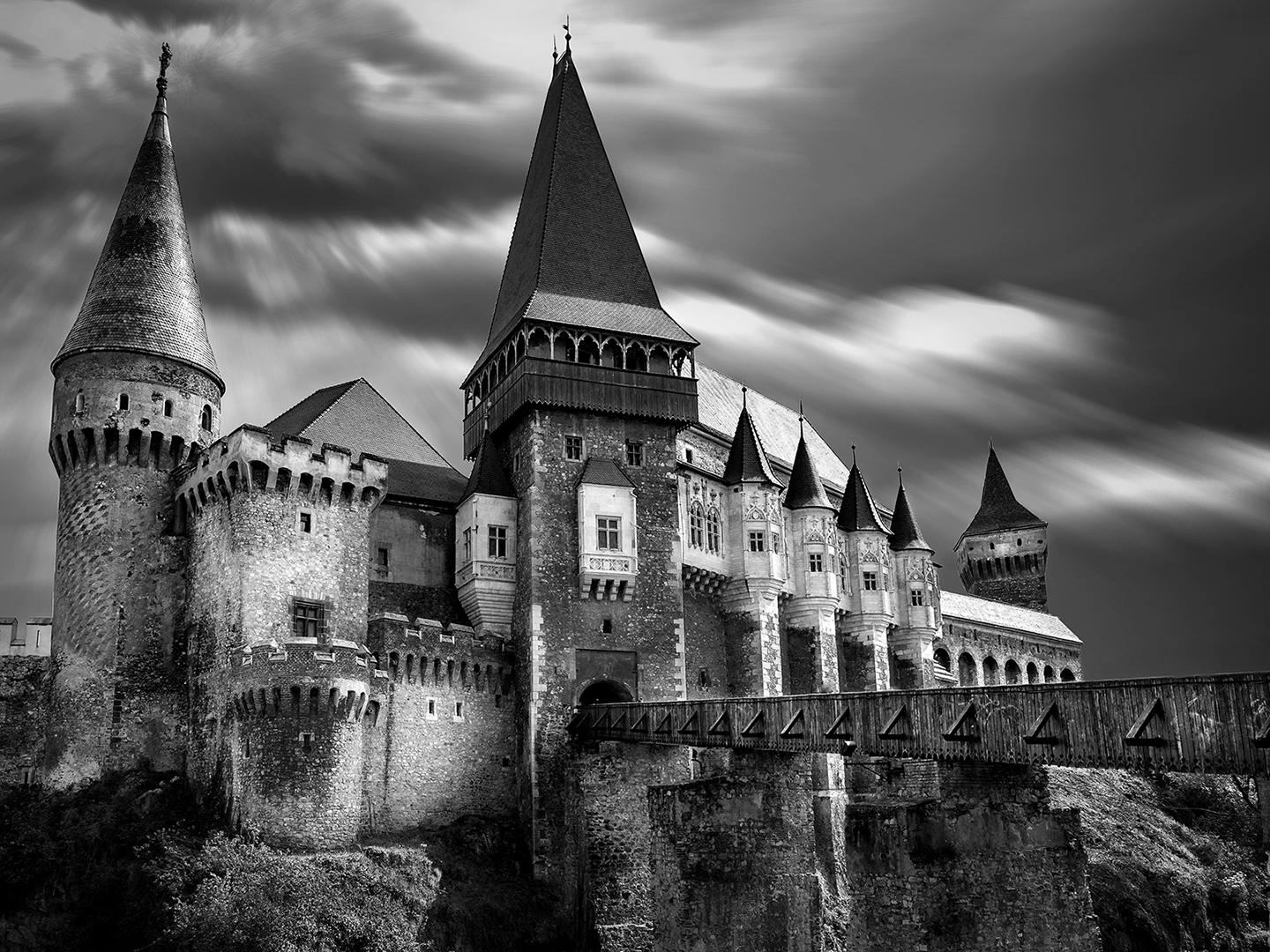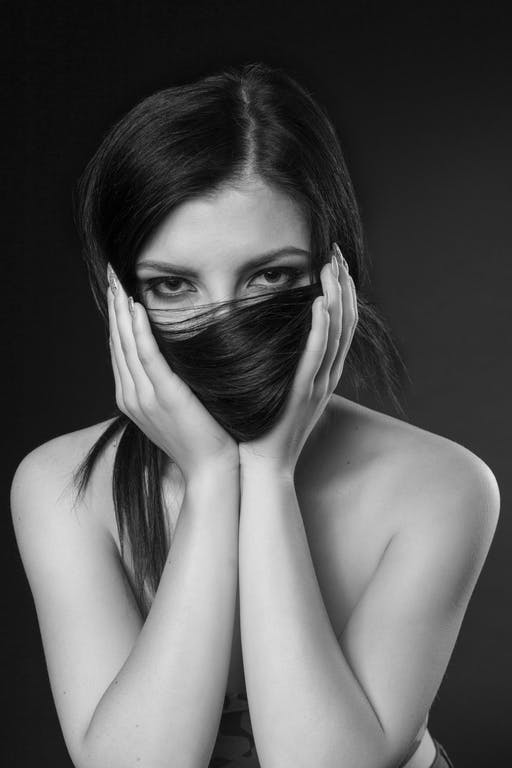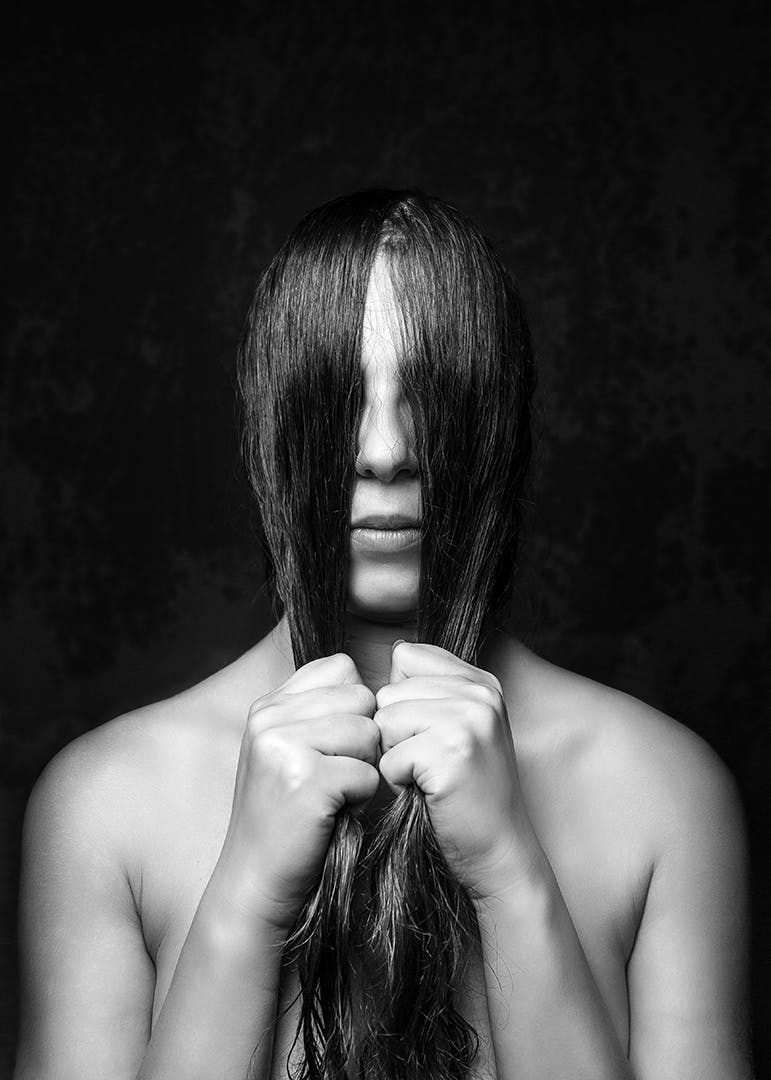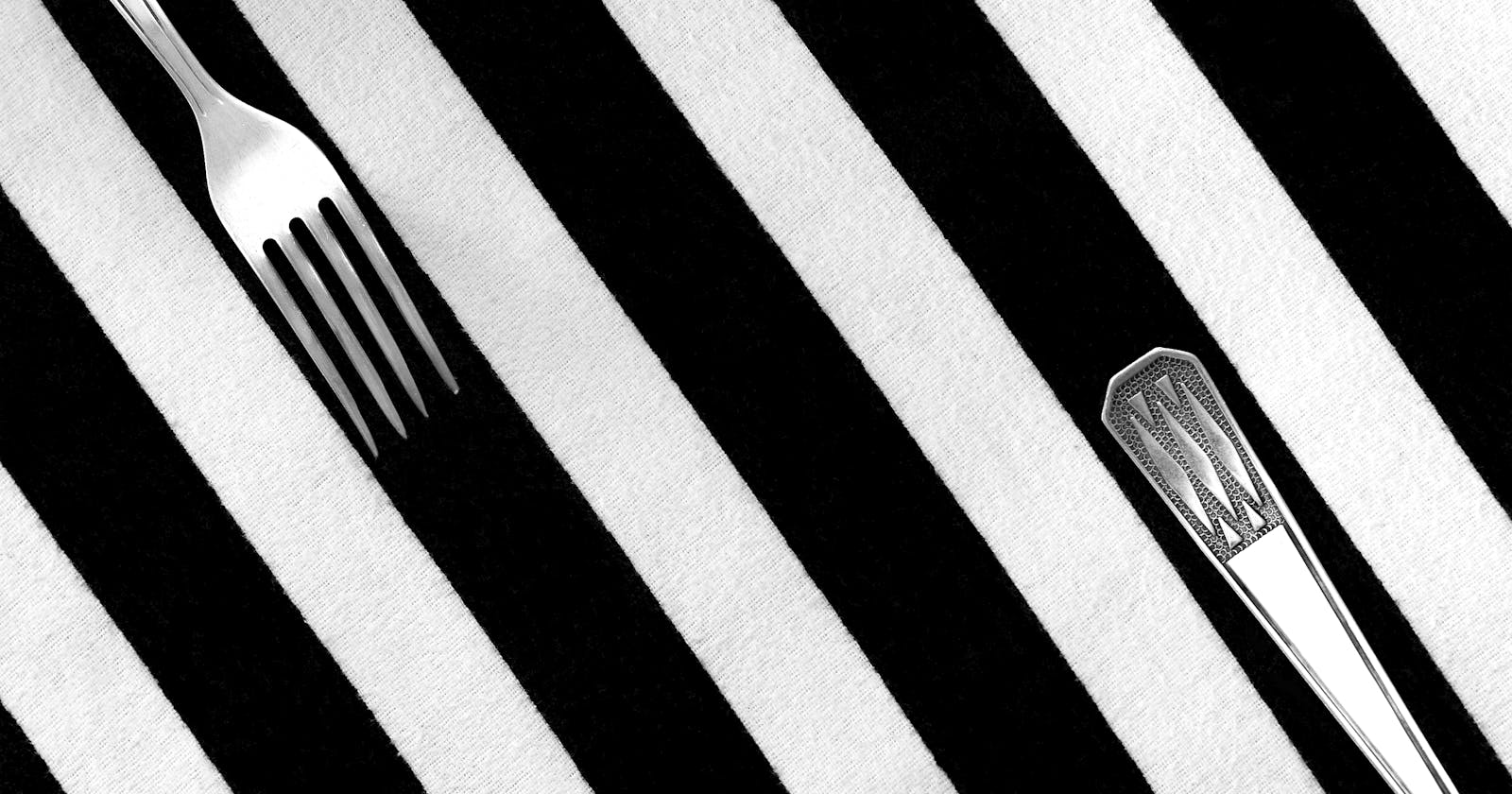In the world of software engineering, creativity, and problem-solving abilities play a significant role in achieving success.
As a self-titled "senior" software developer, I have found an unexpected source of inspiration and skill development in photography. In this quick blog post, I will share how exploring the art of photography enhanced my abilities and contributed to my growth as a software engineer.
The intersection of my two passions, photography and software engineering, has granted me unique insights into both fields. As a hobby photographer, my creative drive blends seamlessly with the problem-solving nature of software engineering.
Attention to Detail
One of the first notable advantages photography brought into my professional life is my enhanced attention to detail. As a photographer, every photograph requires careful examination of various elements, such as composition, lighting, and subject alignment. Similarly, in software development, paying attention to minute details is crucial to produce code that is efficient, scalable, and bug-free. The meticulousness gained through photography has allowed me to spot errors or potential issues much better in my code.
This meticulousness has facilitated efficient collaboration within development teams as I can swiftly identify and rectify issues. By consistently honing my attention to detail, I have reduced the chances of bugs slipping through the cracks, leading to a more robust and reliable codebase but that also slowed my development down quite a bit.
Stimulating Creativity
Photography is an art that encourages creativity and out-of-the-box thinking. In the pursuit of capturing visually appealing and emotionally engaging photographs, I have honed my imagination and embraced unconventional approaches. This has translated directly into my software development work, enabling me to come up with innovative solutions and generate fresh ideas to tackle complex problems. The composition principles employed in photography, such as the rule of thirds or leading lines, have even influenced my front-end design choices.
By incorporating these visual concepts, I have been able to create user interfaces that not only function well but also captivate users with their aesthetics.
Improving Problem-Solving Skills
Photography often presents unexpected challenges that require quick decision-making and problem-solving skills. For instance, shooting in difficult lighting conditions or capturing fast-moving subjects can be quite demanding. Similarly, in software engineering, projects often encounter unexpected obstacles that need to be overcome promptly.
Thanks to my experience in photography, I am now more adept at rapidly assessing the situation, identifying potential solutions, and adapting my approach accordingly. This skill has proven to be invaluable when faced with urgent bug fixes or resolving critical issues during tight project deadlines.
The constant advancements in technology make adaptability a vital trait for any software engineer. Thanks to photography I can better adapt to various environments and quickly adjust my techniques based on changing conditions. Whether it is adapting to different lighting scenarios or experimenting with new equipment, I have learned to embrace change and apply similar adaptability to software development.
This flexibility allows me to adapt to evolving project requirements, scalability challenges, and changing technologies. It also encourages me to explore new programming languages, frameworks, and methodologies, ensuring I remain up-to-date and versatile in an ever-evolving industry.
I am much more flexible in changing my mind about various programming techniques or feedback from my team and much less set on rigid things because "it was always done that way".
Simplicity & Deconstructing Elements
Programming, much like photography, requires a keen eye for simplicity. Over the years, I have learned that simpler code is often superior to clever code that may seem intricate or convoluted. Just as convoluted compositions fail to convey a clear message in photography, overly complex code decreases readability, maintainability, and team collaboration.
When capturing moments through the lens, the most impactful images often consist of a straightforward composition that leaves no ambiguity in the message being conveyed. Similarly, employing simpler code structures ensures easier debugging, efficient code reviews, and seamless knowledge transfer among team members. Emphasizing a straightforward approach enhances maintainability and reduces the likelihood of introducing bugs.
Enhancing Communication
Photography, at its core, is a visual language that speaks to emotions and conveys messages without the need for words.
In photography, being able to convey a story or emotion through an image requires an understanding of visual language. Similarly, as a software engineer, being able to communicate complex technical concepts to colleagues or stakeholders is vital for successful project execution.
Through photography, I learned how to communicate visually, using images to evoke specific emotions or convey a specific message. I have applied this skill to software development by creating visual diagrams and flowcharts when explaining complicated algorithms or system architectures. This visual approach has significantly improved my ability to engage others and ensure shared understanding, resulting in better collaboration within cross-functional teams.
Conclusion
In my journey of becoming a software engineer, I have discovered that photography goes beyond being just a hobby or a creative outlet. Photography has enriched my professional life by sharpening my attention to detail, stimulating my creativity, enhancing problem-solving skills, improving communication, and fostering adaptability.
Keep experimenting with stuff as you don't know where inspiration might come from.
As a bonus, here are a few photographs that I made.

Corvin's Castle in Transylvania, Romania.

Men fishing in a river.

Men at work.

Studio work with a model.

Studio work with a model.

Studio work with a model.

My team's annual Christmas postcard session.

